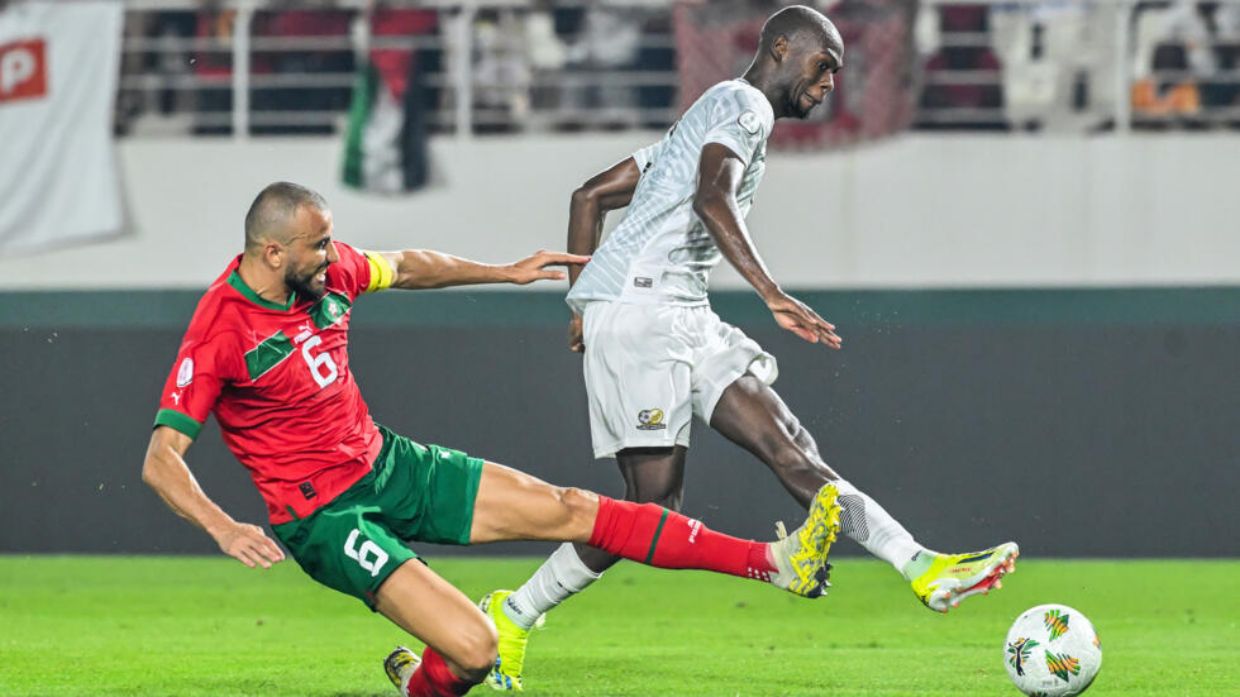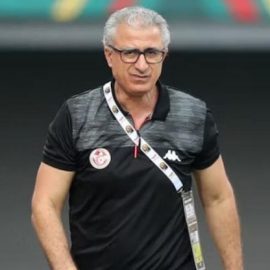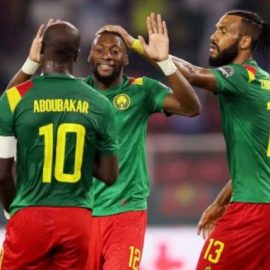Get a map of Africa and study the west coast of the continent. You’ll notice that between Angola and South Africa is the country of Namibia. Squint a bit closer and look further up the map and you’ll notice, between The Republic of Congo and the Democratic Republic of Congo is a small area of land labelled as ‘Angola enclave’.
This is the now infamous Cabinda region, where yesterday’s attack on the Togo team bus that left at least three dead took place.
The point of this slightly sarcastic and quick geography lesson is to show that Cabinda is a long way away from South Africa. The distance is somewhat similar as London to Moscow. Geographically, what happens in an unstable enclave near the Congo should have absolutely no effect on the forthcoming World Cup in the Rainbow Nation.
South Africa does have problems with crime and safety. There are many questions and issues about the hosting of a tournament on the size and scale of the World Cup that need to be answered. But to conclude that this attack in Cabinda can be linked to South Africa, where England cricket fans are currently enjoying seeing the Three Lions maintain a 1-0 lead in the test series, is disingenuous to say the least.
Many football writers, pundits and managers, such as Phil Brown, have suggested the Togo shooting raises questions for the World Cup. It doesn’t. It’s like suggesting Serie A, or even the Premier League, should have been suspended while the Balkans conflict was ongoing. Comparing South Africa to Angola falls into the lazy old cliche of suggesting all Africa is the same. To be clear: it is a continent, not a country.
The Cabinda Conflict
To understand yesterday’s horrific attack on the Togo team bus requires a small amount of understand and context of the ongoing politics of the region. As with many conflicts around Africa, much of it comes down to natural resources, but there are also ethnic considerations as well.
For Angola, the 2010 African Cup of Nations was meant to be a matter of pride, showing off a country that, at the turn of the decade, was still in the grips of a long and bloody civil war, which only ended in 2002. The fighting in Cabinda went on much longer.
In 2006 the Front for the Liberation of the Enclave of Cabinda (FLEC) signed a peace accord with Angola but, as Just Football reports, FLEC is still active in the region and has recently discussed a merger with other rebel groups. FLEC also has a history of targeting high-profile foreigners.
Most of the small Cabinda region is jungle, but the area itself is very oil rich and contains a significant proportion of Angola’s total oil reserves. The Cabinda opposition groups regularly complain that the region does not see as much of this money as it deserves, while the Angolan government has constantly aimed to assert its authority on the region.
Indeed, just over a month ago Angolan government minister Antonio Bento Bembe announced that FLEC, as a group, no longer existed and that Cabinda, as a region, was safe. Such words were always likely to antagonise rebels, especially with such a high profile event taking place.
Tom Dunmore at Pitch Invasion has noted that Angola itself is no more dangerous than you’d expect it to be and the British Foreign Office notes ‘most visits to Angola are trouble free’. Even Cabinda’s capital city, also called Cabinda, is also safer than the majority of the region due to the oil money, but the American State Department’s travel advice warns against traveling to Cabinda’s northern region, which is incredibly dangerous.
With this background, it’s easy to understand why the attack took place. But question is how could it have happened?
An avoidable disaster?
With the conflict in and around Cabinda, the spotlight has to fall upon the Angolan authorities’ decision to stage group games in the Cabinda region. Along with Togo, Ivory Coast, Burkina Faso, and Ghana were all due to play there. These are teams that contain several globally recognisable stars.
Given FLEC’s history attacking high-profile targets, it seems strange that a region with an active, armed rebel movement was seen as an appropriate place to host African Cup of Nations games. Perhaps Angola wanted to show to the world that they were in control in Cabinda. If the venue was selected solely to prove a political point, then this is a shocking decision that, as we have seen, jeopardised the safety of those involved.
But there’s a further rather large question here: just why were Togo driving to Cabinda City via one of the more dangerous areas of the region, when the official advice was to fly to the Angolan capital, Luanda, and travel from there.
Geographically, Togo’s decision to travel by road made sense. Their training camp was in the Republic of Congo and a road journey is the most direct and logical way to reach Cabinda. But this does not bring security concerns into the equation. Surely it’s inconceivable that the squad was not, at the very least, briefed on the security situation.
Then there is the confusing statements from the Togolese FA and the Angolan authorities that they were unaware of the squad’s plans to travel by road. We know that the Sparrow Hawks’ bus was met by a security detail upon entering the region, so clearly somebody was aware of how the players were arriving.
It also wouldn’t be a surprise if the Togo squad and their football authority had engaged in one of their regular fallings-out. Togo’s appearance at the 2006 World Cup was overshadowed by a row over the payment of bonuses. The players and the Tologese FA are not on the best of terms. Was this a reason for their unusual travel arrangements?
This horrible, sickening attack has overshadowed what should have been a joyous occasion for Angola. Yet it’s also clear that this is a tragedy that was avoidable.
The future of the tournament
At the time of writing, it seems certain that Togo have pulled out of the tournament, a decision that you can’t blame them for. They’ve witnessed friends and colleagues gunned down. It puts football into perspective and nobody would expect them to want to play after the attack.
Questions have also been raised about whether the tournament should continue. Kartik Krishnaiyer at Set Piece Analysis has called for this year’s African Cup of Nations to be cancelled. But, back at Pitch Invasion, Tom Dunmore notes that both England and the United States have experienced terror attacks before major sporting events and have carried on, in defiance.
It’s easy to write this sitting in the relative safety of London, and I haven’t just seen colleagues killed in front of me, but I believe the tournament should continue, although the games in Cabinda should be moved.
The tournament can still showcase the best of African football, and Luanda is more secure than Cabinda. And to capitulate now shows those who committed the attack that their actions were successful.
If there are overriding security concerns, then by all means call it off. But if it is simply a case of moving games from Cabinda and stepping up already-high security then it should go ahead. The spirit of football should not be defeated.
But, to finish, football should be a matter of joy. It is a game that has the potential to unite countries that desperately need hope. There will always be rivalries and, yes, violence. But no game is worth the life of a player, coach, bus driver, or fan. It should be a sport that brings people together not, as some have done, used it to settle a score, be it African politics, or tribal club loyalties.
Our thoughts remain with those were were injured or killed, their friends and their families.
Add Sportslens to your Google News Feed!






